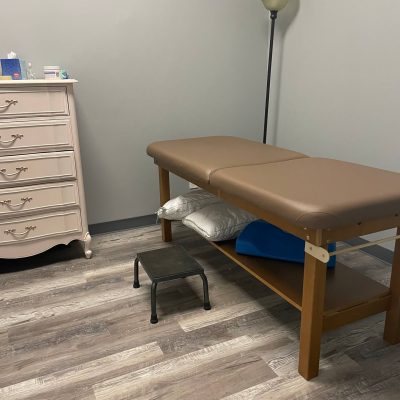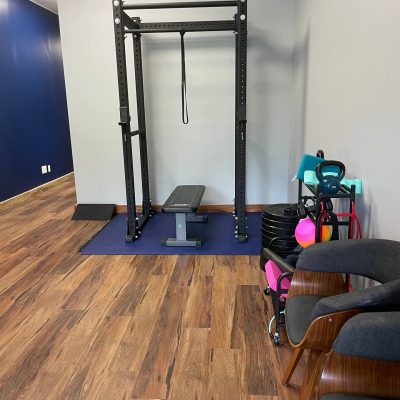As a pelvic floor therapist, I’ve had the privilege of walking alongside many women as they prepare for one of life’s most transformative experiences: childbirth. One of the most empowering tools we can offer expecting mothers is knowledge—knowledge of their body, of the birthing process, and of how intentional preparation can promote a smoother labor and recovery. In this post, I’ll walk you through the stages of labor, with special attention to the second stage, and share evidence-informed strategies like spontaneous (open-glottis) breathing to help reduce the incidence and severity of perineal trauma.
Understanding the Stages of Labor
Labor is typically divided into three stages:
Stage 1: Dilation
This stage begins with the onset of regular contractions and ends when the cervix is fully dilated to 10 centimeters. It’s further divided into:
- Early labor: Contractions are mild and irregular but gradually become more consistent.
- Active labor: Contractions are stronger, longer, and closer together.
- Transition: The final and most intense part of dilation, leading up to full cervical dilation.
Stage 2: Pushing and Birth
This stage begins when the cervix is fully dilated and ends with the birth of the baby. It’s during this stage that the pelvic floor is most challenged.
Stage 3: Delivery of the Placenta
After your baby is born, contractions continue until the placenta is delivered.
The Second Stage and Perineal Protection
During the second stage of labor, many women are encouraged to push with each contraction using a closed-glottis technique—essentially holding the breath and bearing down, similar to straining during a bowel movement. However, research and clinical observation increasingly support the use of spontaneous, or open-glottis breathing, which involves exhaling slowly and steadily while bearing down, as if blowing through a straw or sighing with effort.
This breathing method allows for a more gradual descent of the baby through the birth canal, which may reduce the stress placed on the perineum and pelvic floor. Open-glottis pushing aligns with the body’s natural rhythm and helps avoid excessive intra-abdominal pressure that can contribute to pelvic floor dysfunction postpartum.
Key Benefits of Open-Glottis Breathing in Second Stage:
- Promotes better oxygen exchange for mother and baby
- Encourages gentle, controlled descent of the baby
- Reduces likelihood of severe perineal tearing
- May result in fewer interventions (forceps, vacuum)
Training the Body and Mind for Labor
Just as athletes train for a big event, preparing for birth requires mental and physical readiness. One effective technique I recommend in my practice is ice holds. This practice helps condition your nervous system to remain calm during intense sensations like contractions and reinforces relaxation strategies that are essential during labor.
How to Try It:
- Hold an ice cube in your hand for 60-90 seconds—approximately the length of a contraction.
- As you feel the intense cold, practice consciously relaxing your face, shoulders, jaw, and pelvic floor.
- Breathe slowly and deeply, avoiding breath-holding. Try open-glottis exhalation with a gentle sound like “hahhhh” or “oooo.”
- Repeat this frequently and try to reduce the amount of tension in your body, especially as you approach your due date.
This exercise is not about “toughing it out,” but about training your mind and body to stay soft, open, and responsive—even in the presence of intensity. Over time, you’ll develop a sense of confidence and control that you can carry into your birth experience.
Additional Tips for Perineal Preparation
- Perineal Massage: Starting around 34–36 weeks, gently massaging the perineum can increase tissue elasticity.
- Upright or Side-Lying Birth Positions: These positions reduce pressure on the perineum compared to lithotomy (flat on back) positions.
- Stay Mobile in Early Labor: Movement promotes optimal fetal positioning and can shorten labor.
- Hydrate and Nourish: Keep your body fueled with water and light snacks to maintain energy and tissue integrity.
In Summary
Every labor is unique, but the way we breathe, move, and prepare can have a profound impact on our experience. As a pelvic floor therapist, my goal is to empower you with tools that support your body’s natural rhythms and promote long-term pelvic health. Incorporating open-glottis breathing and practicing intentional relaxation strategies, like the ice cube technique, can help you approach birth with greater ease and resilience.
If you’re expecting, consider working with a pelvic floor therapist to create a personalized birth preparation plan. Your body is wise, your instincts are strong, and with the right preparation, you can meet labor with confidence and grace.







